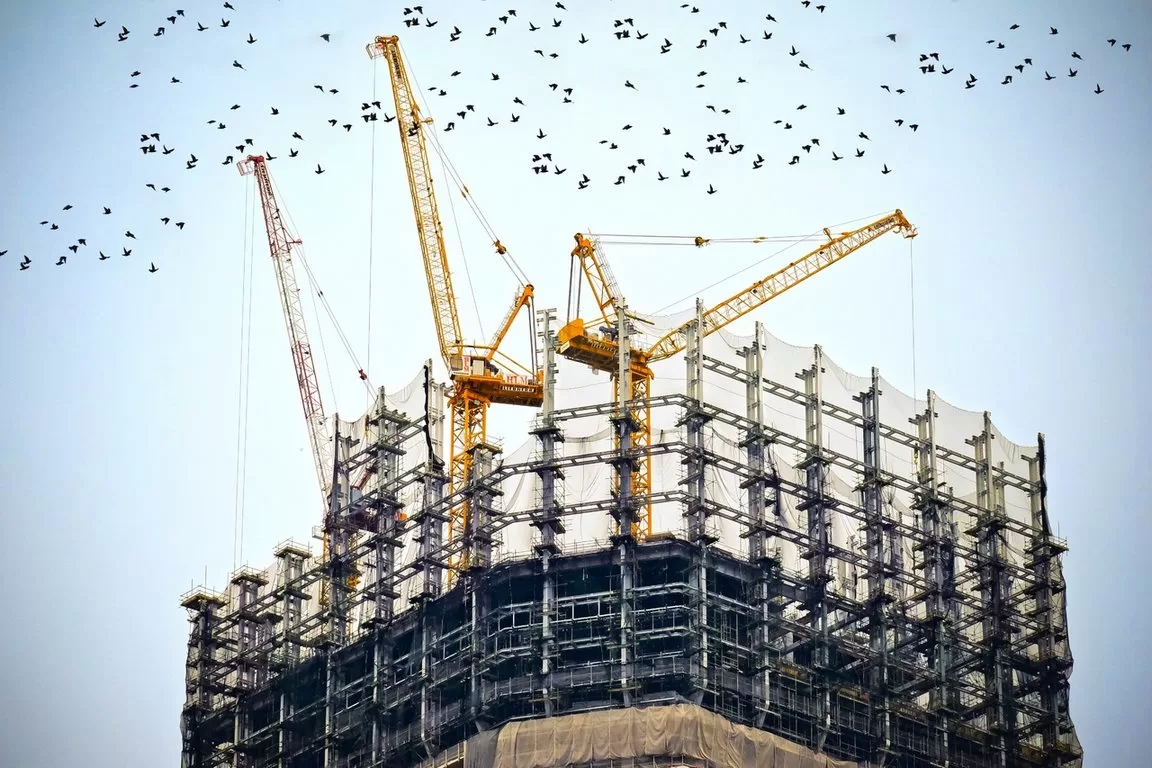The field of construction has evolved significantly over the years, with modern technology and new materials changing the way that buildings are constructed.

One of the most significant impacts has been on the durability of buildings. In the past, many buildings were prone to a wide range of issues, including wear and tear, structural instability, and natural disasters. However, today’s construction practices and materials have helped to significantly reduce these risks.
This blog post will explore the different types of materials and equipment from Lakeside Hire that are commonly used in construction, as well as some of the ways in which these materials have changed the way that buildings are designed and constructed.
From high-strength concrete to advanced composite materials, modern construction materials are helping to make buildings stronger, more durable, and more resistant to a range of natural and man-made threats.
The importance of building durability in modern construction cannot be overstated. Buildings are expected to last for decades and, in some cases, even centuries. The longevity of a building depends on the quality of the materials used in its construction, as well as the skill and expertise of the builders.
The use of modern construction materials has revolutionized the building industry by improving the quality, strength, and durability of structures. This has led to longer-lasting buildings that require less maintenance and are better equipped to withstand the ever-changing climate conditions.
As such, it is crucial for building professionals to understand the impact of modern construction materials on building durability and to incorporate these materials in their construction projects accordingly.
Modern construction materials have revolutionized the way we build structures, offering increased durability, safety, and sustainability. These materials have been developed through extensive research, utilizing advanced techniques in material science, chemistry, and engineering. Contemporary construction materials can be classified into two categories: natural and man-made.
As a result, it is essential for decision-makers and construction professionals to have a comprehensive understanding of modern construction materials and their benefits for building durability. This knowledge is vital to ensure that the materials chosen for building projects are sustainable, cost-effective, and long-lasting.
Read Also:
The use of modern construction materials has significantly impacted the durability of buildings. Construction materials have undergone a substantial evolution in recent years thanks to advancements in technology and innovation.
These materials offer several advantages over traditional materials, such as increased strength, durability, and energy efficiency. Additionally, here are some of the main advantages of modern construction materials:
The use of modern construction materials has significantly impacted building durability in recent years. Building materials today not only provide structural support but also ensure safety, energy efficiency, and sustainability.
The use of these modern construction materials has revolutionized the industry by enabling builders and architects to create more durable and eco-friendly structures.
The use of modern construction materials has undoubtedly contributed positively to building durability. While these materials may come with higher initial costs, their advantages in terms of sustainability, energy efficiency, and reduced maintenance costs make them a wise investment for builders and property owners.
By keeping up-to-date with advancements in materials science and adopting the latest innovations in construction methods, the industry can continue to improve the durability and overall quality of buildings for present and future generations.